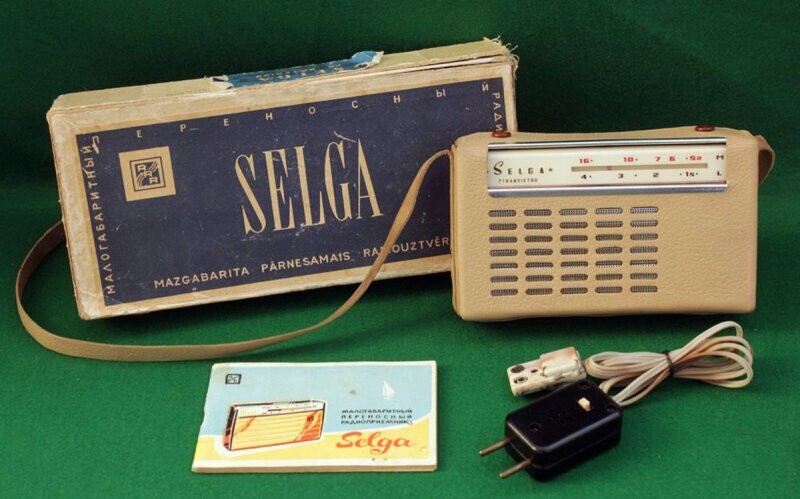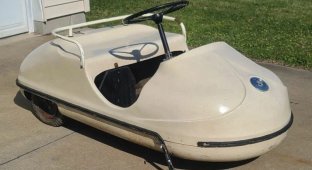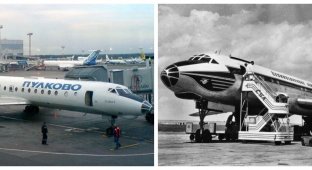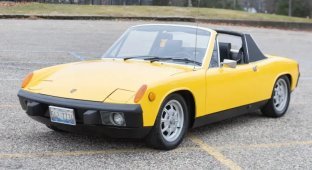Top 10 beautiful Soviet transistor receivers from the 1960s (30 photos)
Most often, audio equipment manufactured in the Soviet Union does not had an original design. However, this state of affairs did not immediately, for example, in the 1960s, the creators of portable radios endowed them with a very interesting appearance, which, together with excellent reliability and quality of work, allowed them to be successfully sold not only in the USSR, but abroad.
"Speedola" 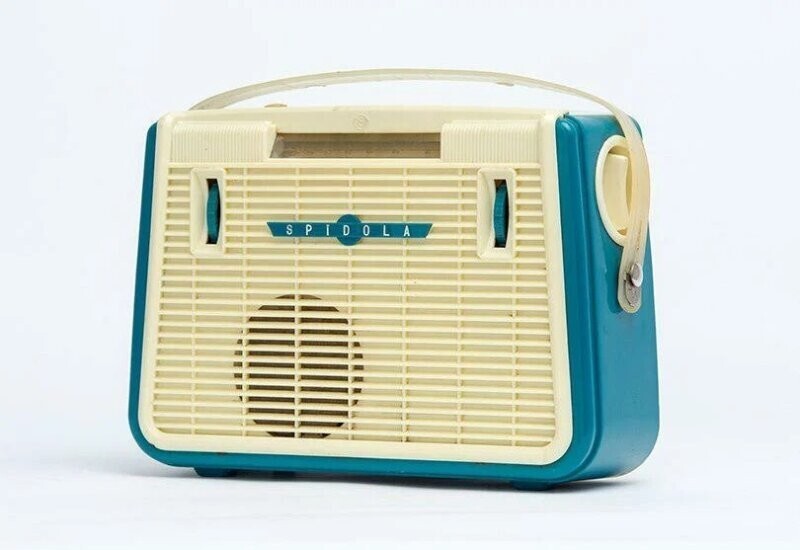
One of the most popular and iconic transistor receivers The Soviet Union has been producing since 1960 the Riga State electrotechnical plant VEF. It was a class 3 superheterodyne assembled on 10 transistors and worked in the ranges of SV and DV, as well as in two subbands of short waves. It was possible to connect outdoor antenna. 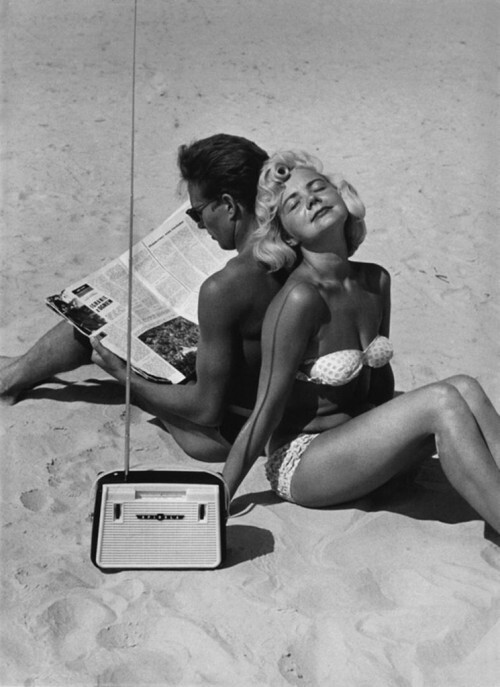
Rated output power at the loudspeaker 1GD-1 VEF was 150 mW, the maximum was 300 mW. In addition, for the receiver an external speaker was developed that used a loudspeaker 3GD-9 VEF, plus the device had connectors for connecting piezoelectric pickup. Power is supplied from six elements of the A-373 type or from two KBS-L-0.5 batteries. Dimensions radios were 275x197x90 mm, weighed "Speedola" without batteries 2.2 kilograms. 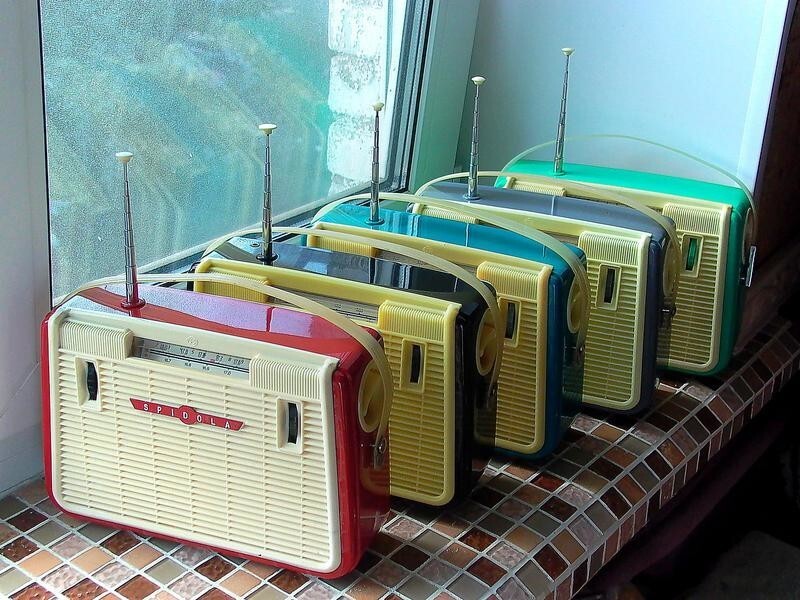
"Atmosphere-2" 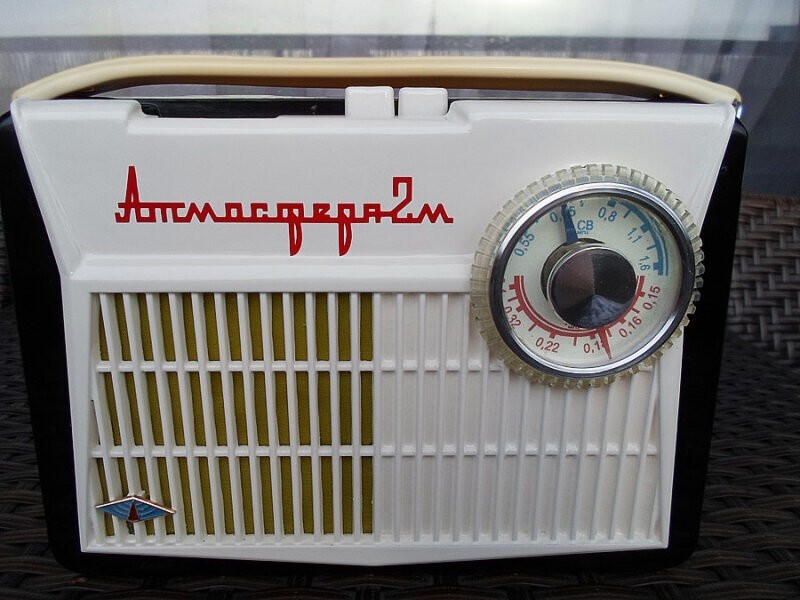
Since 1960, this receiver has been mass-produced by Voronezh and Grozny Radio Plant, it was a modernized version model "Atmosfera" in 1959, developed by the Leningrad NIIRPA Popov. It has changed the appearance and design of the hull, which was made of black press powder with a front grille of light plastics. 
Technically, the model was a superheterodyne 4 class, assembled on 7 transistors and operated in the DV and SV ranges. The device weighed 1.5 kilograms, had dimensions of 217 x 163 x 73 mm and was fed from two large batteries KBS-L-0.5. 
"Leningrad" 
Mass-produced since 1961 portable the radio receiver, although it was developed on the basis of the model of the American Zenith company, outwardly had nothing to do with it. The apparatus was assembled on 10 transistors and had seven ranges. Rated output power was 0.5 watts. 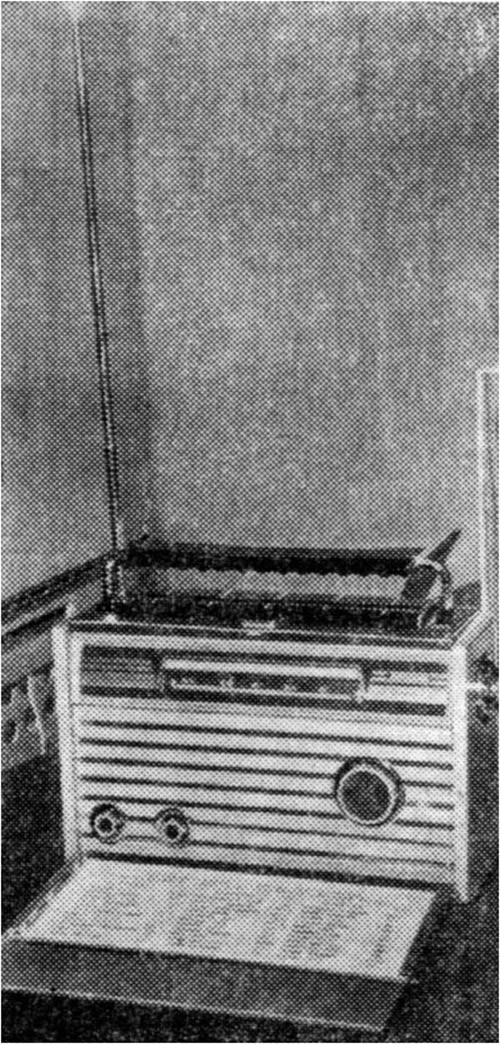
An effective AGC system was used in the design, providing reception of radio stations of various power and distance with the same volume, the sound path was also provided volume and tone adjustment. Food was supplied from eight elements of the "Saturn" type with a total voltage of 12 V, and one set the power was enough for two months, during operation no more than 3-4 hours in day. 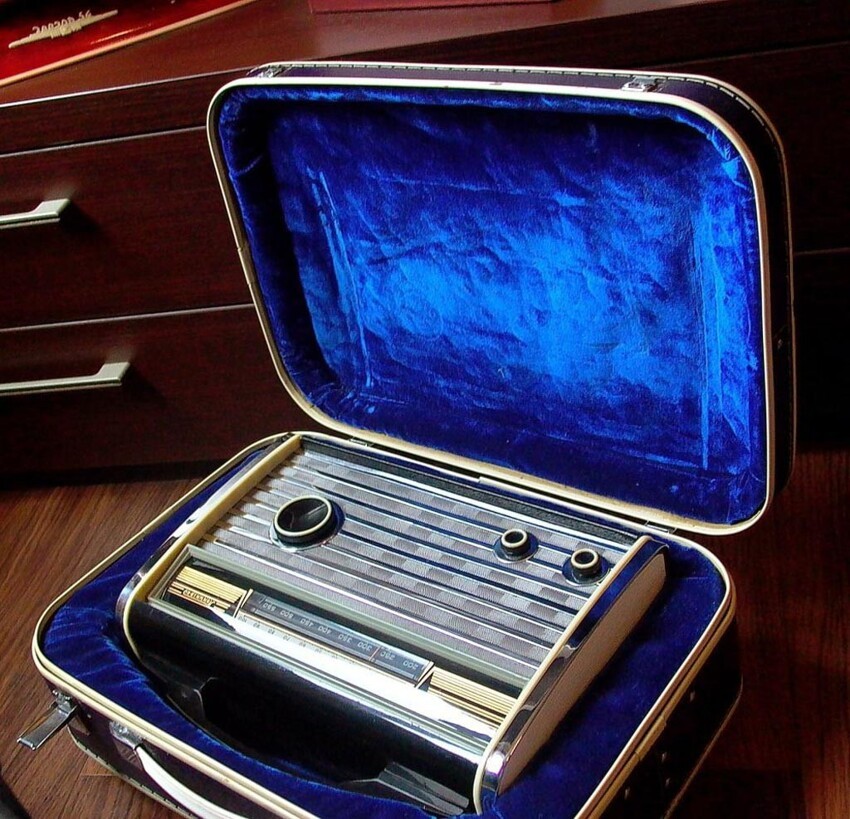
"Climber" 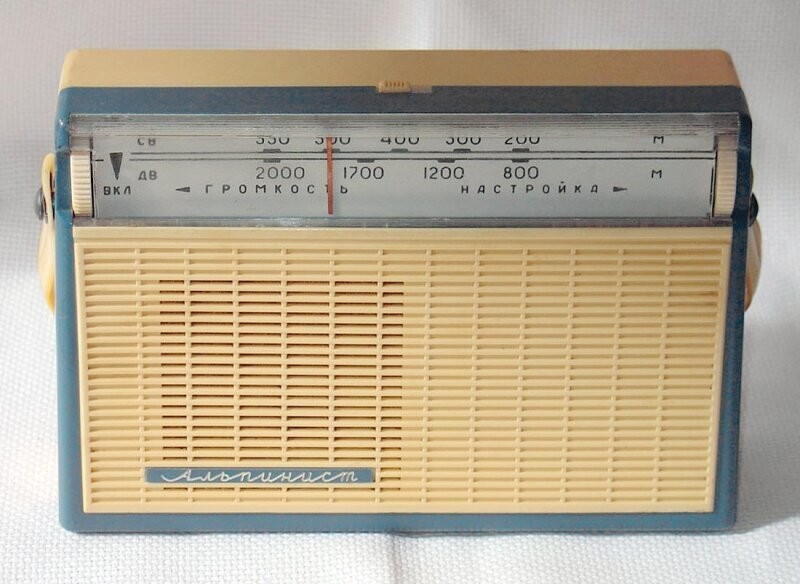
Produced since 1964 by Voronezh and Grozny radio factories, the radio receiver became the first in the line of subsequent models with indices 2 and 3, produced over the years. Behind the basis for the development was taken by the Atmosfera-2M receiver, in which improved electro-acoustic parameters and changed the external design. 
The model was designed for reception in the LW and MW bands, rated output power was 150 mW, maximum - 270 mW. The range of reproducible frequencies is from 300 to 3500 Hz. The food was provided from two KBS-L-0.5 batteries, the dimensions of the receiver were 215 x 145 x 60 mm. Together with the batteries, it weighed 1.5 kilograms. 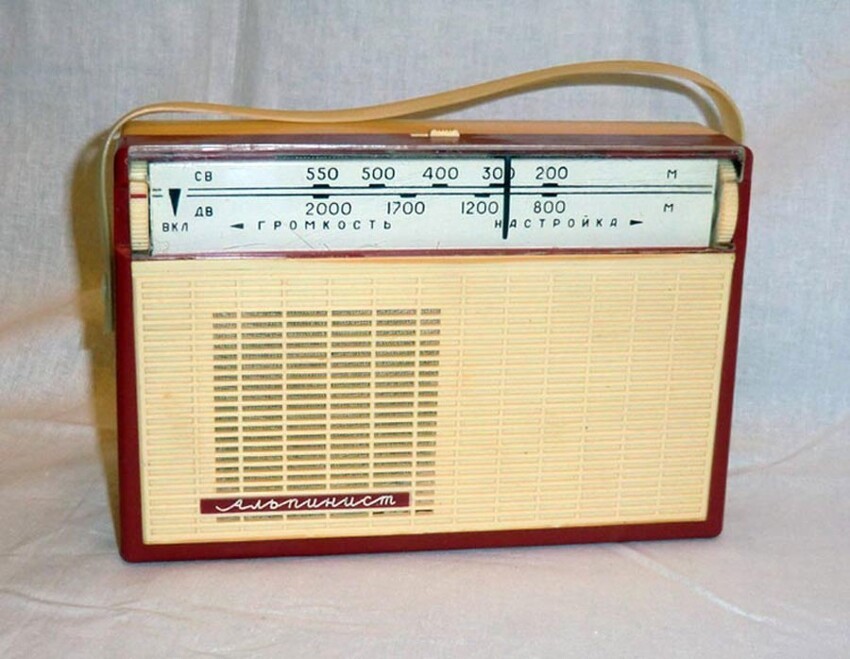
"Falcon" 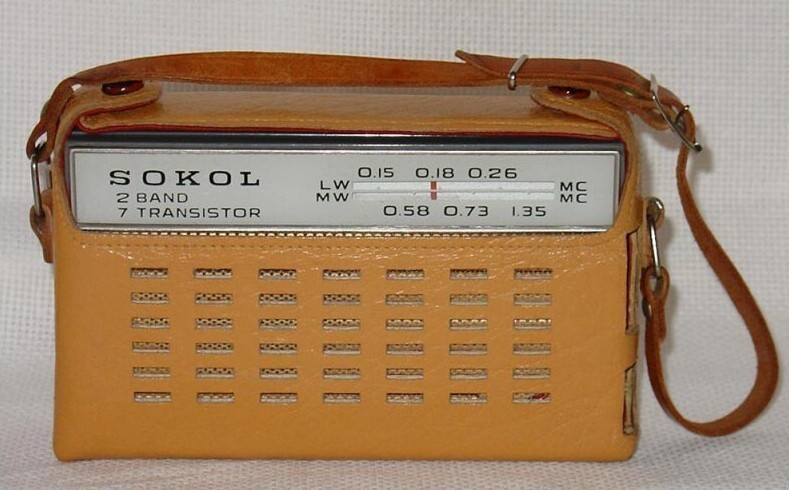
The first in a series of the most popular models with different numbers in The index has been produced since 1963 by the Moscow Radio Plant. It was portableclass 4 transistor radio, which represented a superheterodyne on seven transistors and was produced in several color and appearance options. The proposed leather cases. Power was supplied from a Krona-type battery or battery type 7D-01. Radio receiver dimensions - 152 x 90 x 35 mm, weight - 420 grams. 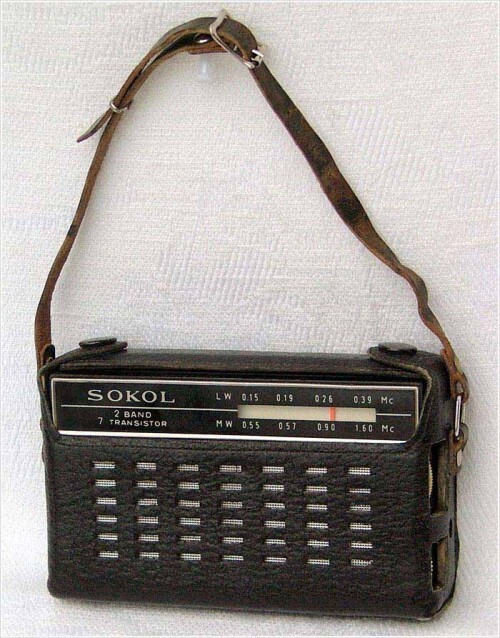
This receiver became the most mass-produced model of the plant, the first the version was produced until 1971, including for export. The receiver was even offered in the form of a radio designer for independent assembly, which differed from the serial sample body. 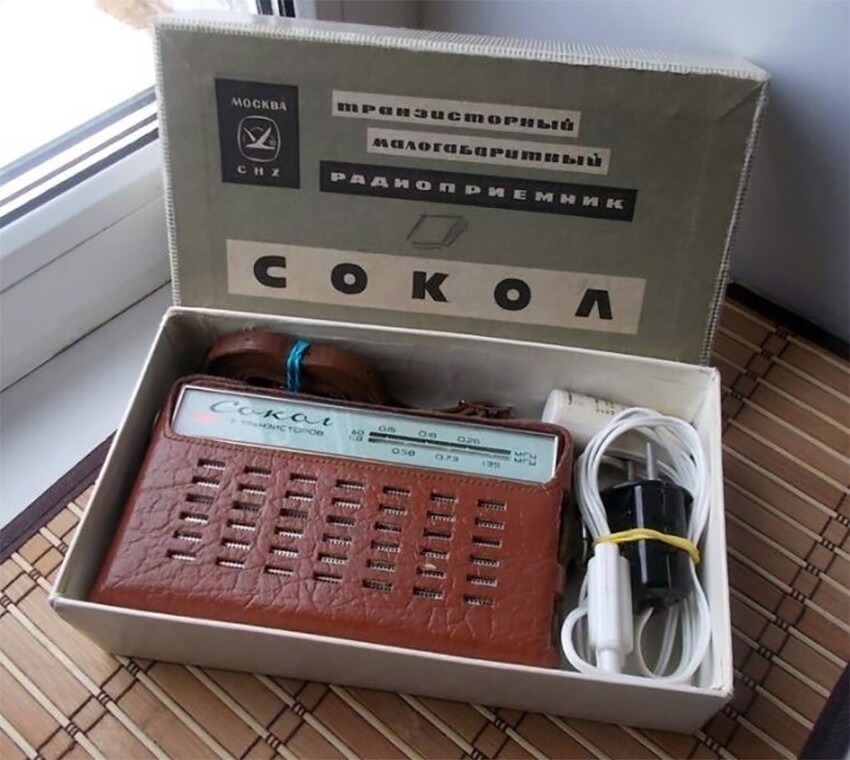
"Surprise" 
Very interesting souvenir radio from 1967 was produced by the Grozny Radio Engineering Plant, the model was developed for 50th Anniversary of the October Revolution of 1917. She was done in the form of an elegant notebook, this form factor was achieved thanks to the use of a specially designed miniature loudspeaker with a diffuser diameter of 40 mm and a height of 4 mm. 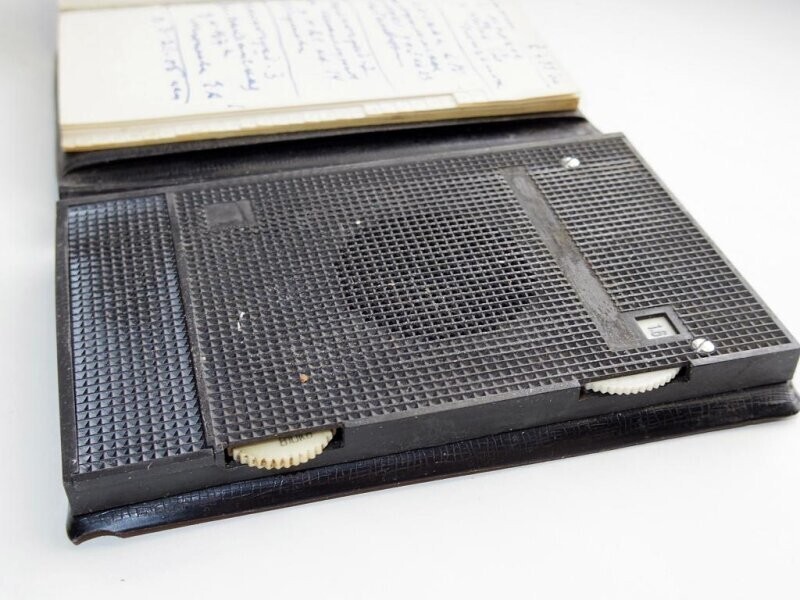
The device was assembled according to the superheterodyne circuit for 6 transistors and 1 diode and is intended for reception on the built-in magnetic MW program antenna. Max output power per loudspeaker 0.05GD-1 - 100 mW. Power was supplied from three batteries D-0.1. The dimensions of the device with a notebook were 135 x 88 x 17 mm, weight - 200 grams. The receiver was successfully exported to a number of foreign countries. 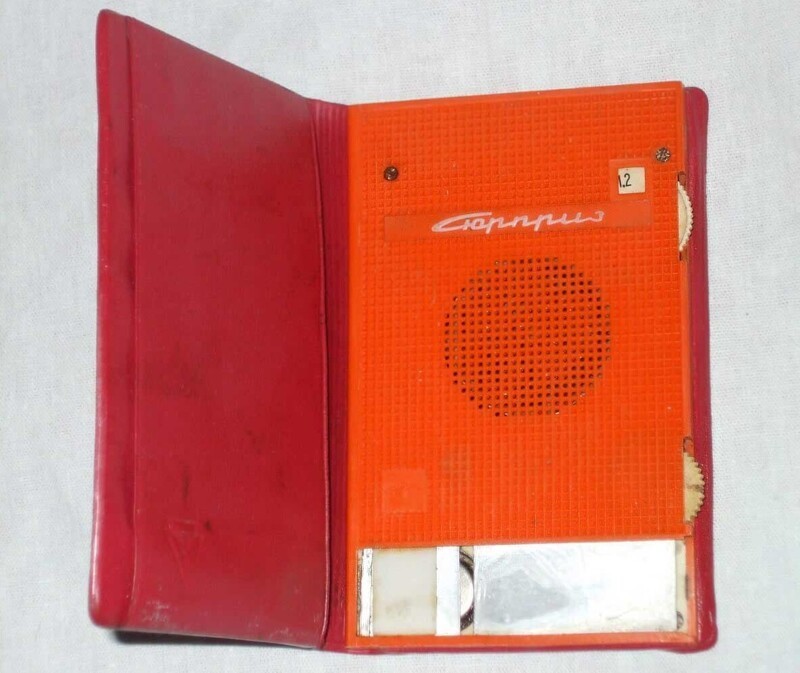
"Sport-2" 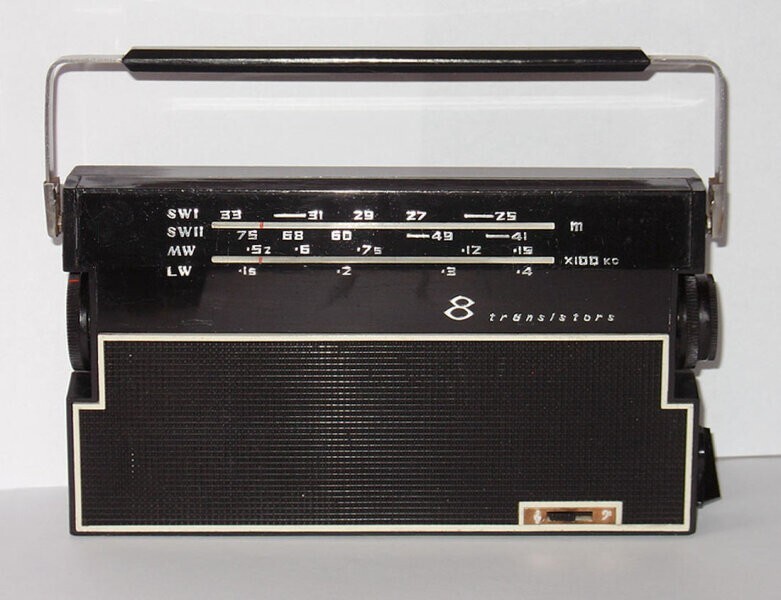
This portable radio has been producing since 1966 Dnepropetrovsk Radio Plant, it worked in the DV and MW bands, as well as in two subbands KV-1 and KV-2. The AGC system provided change voltage on the detector by 3.5 dB when the input voltage changes by 26 dB. 
The band of sound frequencies reproduced by the loudspeaker ranged from 250 to 4,000 Hz, the rated output power was 100 mW. The receiver was powered by four elements of type 316, the dimensions of the receiver were 195 x 110 x 47 mm, it weighed 0.91 kg. The model was exported under the names "Sport" and "Astrad-Nova". 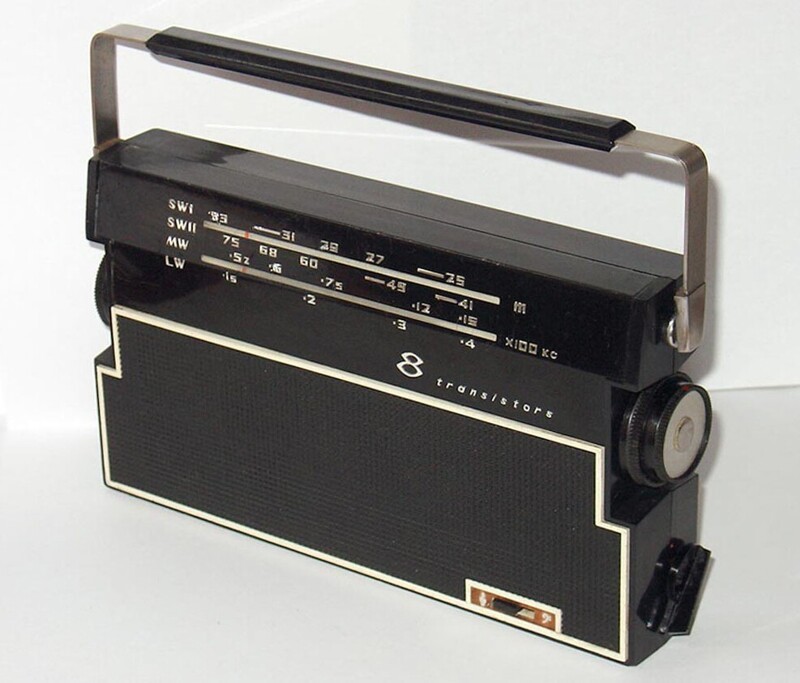
"Astronaut" 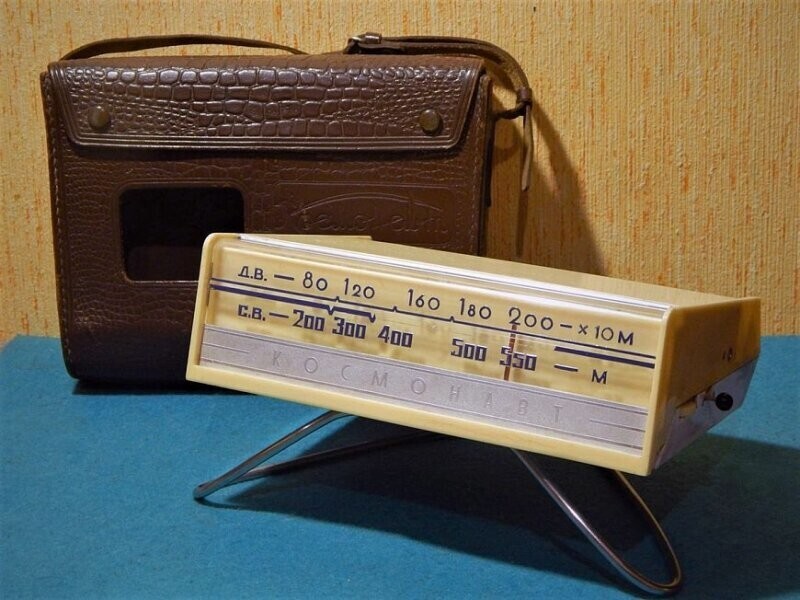
The transistor radio has been produced since 1964 Belarusian radio plant "Sputnik", located in the city of Molodechno Minsk region. A feature of the model is a low-voltage power supply from three type 373 batteries. The radio receiver was assembled on 8 transistors and worked in ranges DV and SV. It was created on the basis of the Alpinist receiver circuit. with recalculation of the ratings of parts for a 4.5 V supply. 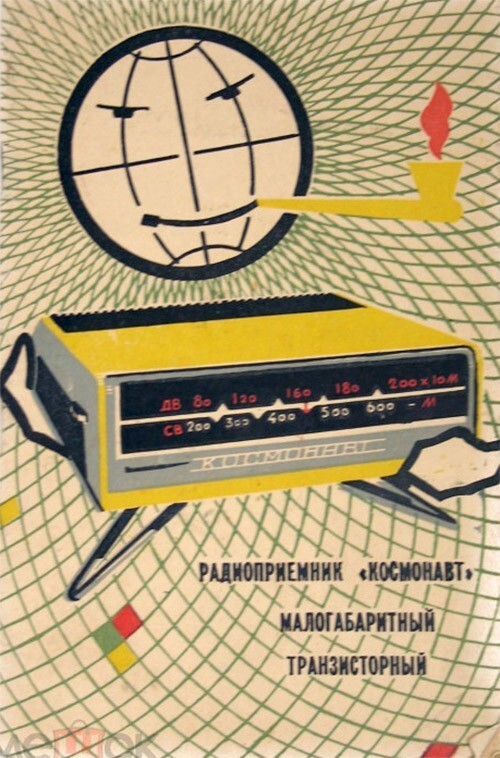
The result was an apparatus that could be be used in both portable and stationary versions - for installation in a horizontal position, metal legs. Rated output power of speakers at loudspeaker 0.5GD-12 was 150 mW, the maximum was 250 mW. Model dimensions were 224 x 168 x 68 mm, weight - 1.7 kilograms. 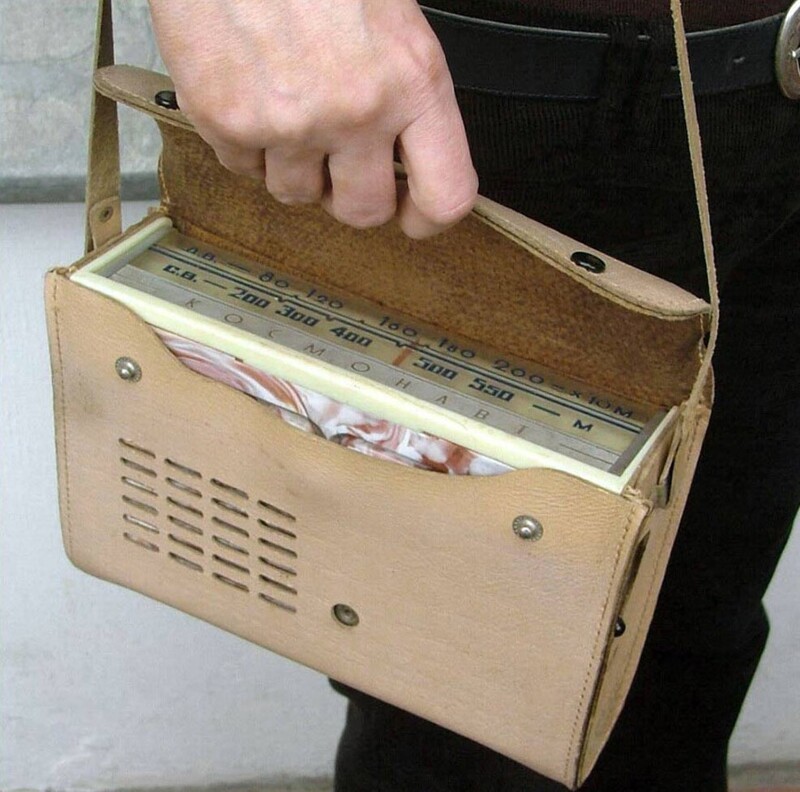
"Space" 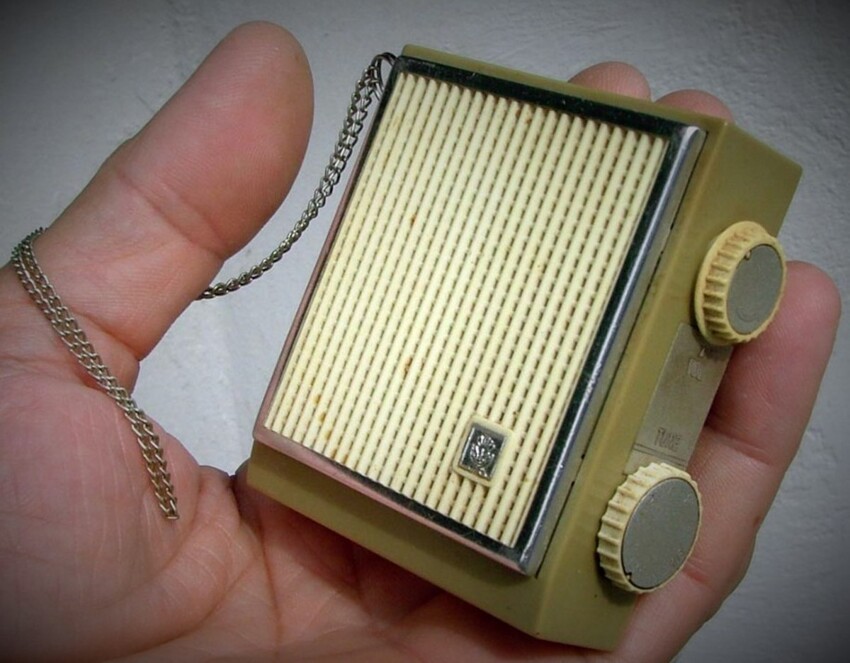
Miniature receiver manufactured by the Sarapul Radio Plant them. Ordzhonikidze, produced since 1963. The device fits in the palm of your hand and was equipped with a chain for carrying on the wrist or a ring for thumb mounts. The model was produced in two versions, designed to receive radio stations only in the DV range or only in ST. 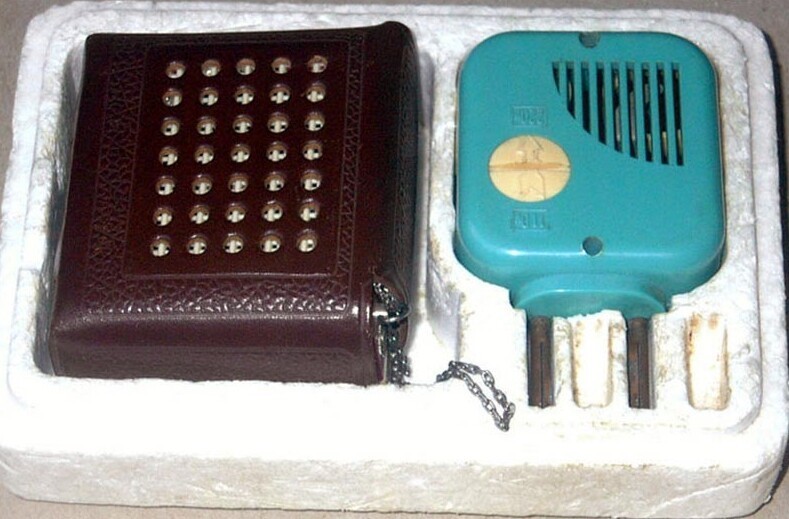
The receiver was powered by two D-0.1 disk batteries, in it also provided for the connection of a TM-4 earphone. Frame made of colored plastic, which, to protect against damage placed in a leather case. The receiver weighed only 150 grams. Model gained immense popularityonly in the USSR, but also in many foreign countries where it was supplied under the names "Cosmos", "Yura" and "Clobus". 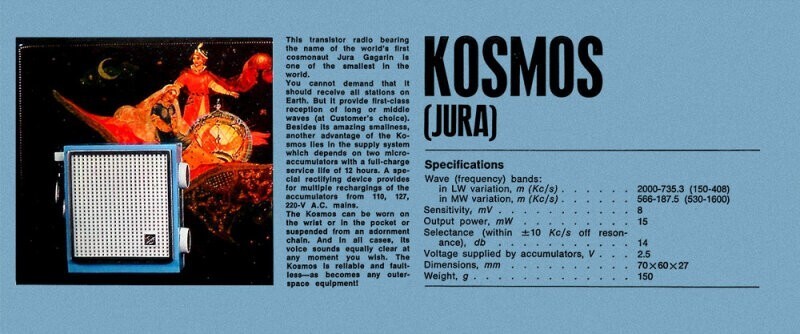
"Selga" 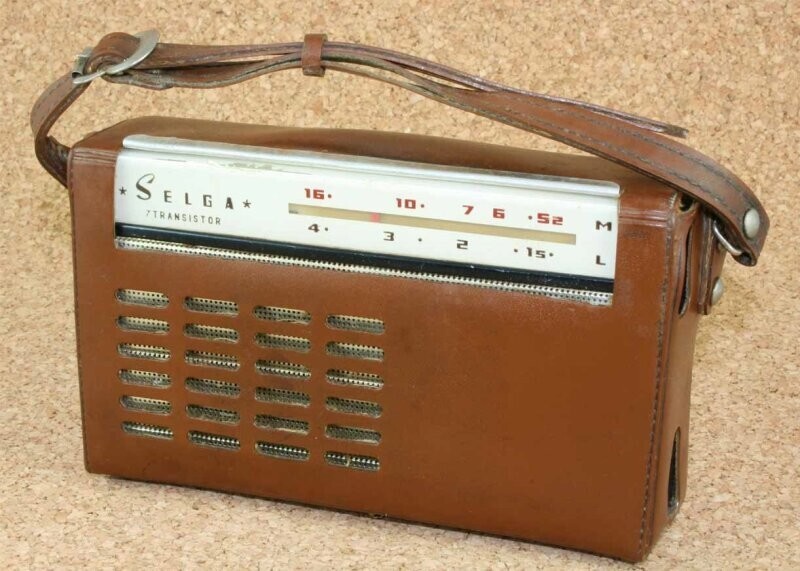
Portable transistor radio, since 1963 produced by the Riga Radio Plant. A.S.Popova. Since the receiver successfully exported to a number of foreign countries, the inscriptions on the scale and on back wall were in Russian or English, also known variant with the name "Convair". The model was designed to receive radio programs in the LW and MW bands on the internal magnetic antenna. The nominal output power of the amplifier was 100 mW. 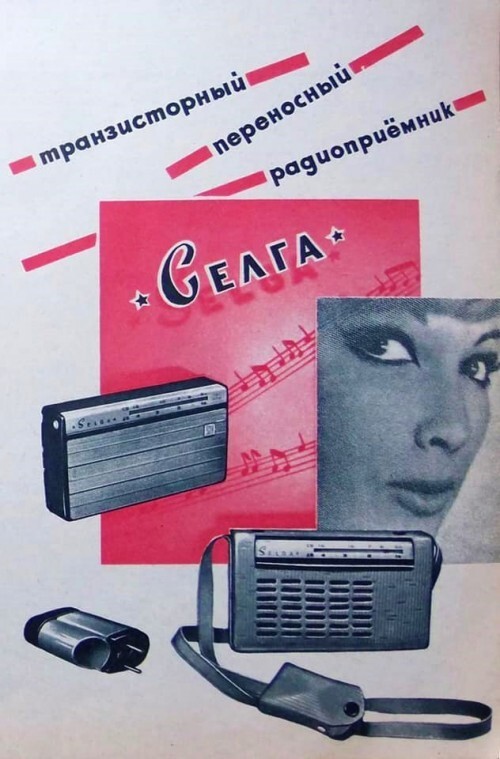
The radio receiver worked from the Krona battery or a battery 7D-0.1, battery life reached 25 hours, battery life - 12 hours. On the side wall of the case there are sockets for headphones and for external antenna. The dimensions of the receiver were 170 x 99 x 40 mm, it weighed 480 grams. The set also included a case with a handle made of natural or artificial leather. 